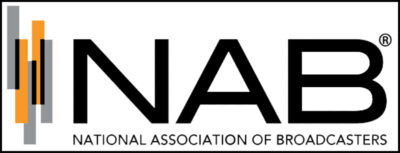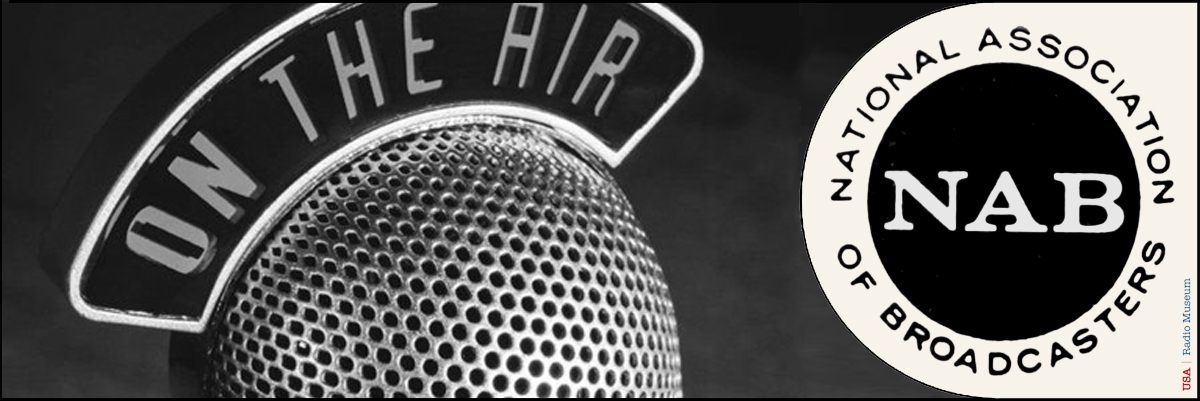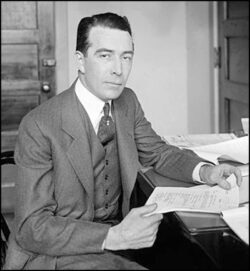From Waves to Screens: The Evolution of the National Association of Broadcasters The National Association of Broadcasters (NAB) stands as a tow
From Waves to Screens: The Evolution of the National Association of Broadcasters
The National Association of Broadcasters (NAB) stands as a towering figure in the history of media and broadcasting. From its humble beginnings in 1923 to its current role as a global advocate for broadcasters, the NAB’s journey has been marked by innovation, adaptability, and steadfast commitment to the broadcasting industry.
The Early Days: Founding and Vision
In 1923, the NAB—originally known as the National Association of Radio Broadcasters (NARB)—was founded at the Drake Hotel in Chicago. The creation of the association was spearheaded by Eugene F. McDonald Jr., founder of Zenith Corporation, who also served as the organization’s first president. McDonald envisioned the NARB as a unified body to represent the interests of radio broadcasters, particularly in addressing contentious issues like royalty payments to ASCAP. Under his leadership, the organization laid the groundwork for ethical standards and advocated for broadcasters’ rights.
McDonald’s influence extended beyond policy; he was a technological innovator who championed advances in FM radio, shortwave communication, and even the concept of pay-per-view television. His visionary approach left an indelible mark on broadcasting history.
Radio’s Golden Era and the NAB’s Mandate
As radio grew into a dominant medium in the 1930s and 40s, the NAB adapted to the rapidly changing landscape:
- 1940s: The NAB played a vital role in addressing the challenges brought by FM radio technology, the explosive growth of new stations, and the rise of television. It advocated for the rights of broadcasters while working to stabilize the industry during wartime.
- 1950s: The NAB expanded its mandate to include television broadcasting, reflecting the growing importance of this new medium. In 1951, it changed its name to the National Association of Radio and Television Broadcasters (NARTB). During this era, it introduced the Television Code, which established ethical guidelines for programming, advertising, and public service responsibilities. The organization McDonald helped found, originally called the National Association of Radio Broadcasters (NARB), evolved to include television as the medium gained prominence. By 1958, it adopted its current name, the National Association of Broadcasters (NAB), solidifying its role as a representative body for both radio and television broadcasters.
- 1960s: Radio faced increasing competition from television, yet the NAB rallied to keep radio vibrant. Through campaigns and audio advertisements, the NAB promoted radio’s portability and intimacy, ensuring it remained relevant in a world increasingly captivated by screens.
Beginning in 1964 (and through 1968) the NAB’s solicitation of promotional radio ads is a testament to this era, showcasing how the NAB creatively advocated for radio as a medium of connection and entertainment.
National Association of Broadcasters | NAB 1966 Promotional Radio Ads | The Johnny Mann Singers
Audio Digitally Remastered by USA Radio Museum
Broadcasters Hall of Fame: Honoring Excellence
The NAB Broadcasting Hall of Fame celebrates the individuals and programs that have shaped the industry. Inductees include legendary figures like Jack Benny, Lucille Ball, and iconic shows such as “60 Minutes.” These inductees reflect the cultural impact of broadcasting and its role in shaping society.
Eugene F. McDonald Jr.: Leadership and Passing
Eugene F. McDonald Jr. passed away on May 15, 1958, at the age of 72. His death marked the end of an era for both Zenith Corporation and the NAB. As a pioneer of broadcasting, his contributions set the stage for countless advancements in media. McDonald’s legacy is one of innovation and foresight, ensuring that broadcasting would remain an enduring and essential part of modern life, par excellence.
Modern-Day NAB: Continuing the Legacy
 Today, the NAB operates as the premier advocate for broadcasters across radio, television, and digital platforms. It engages in lobbying efforts, organizes industry events like the annual NAB Show, and provides resources to help broadcasters navigate challenges in the digital age. Issues such as competition from streaming services, the rise of podcasts, and evolving regulatory frameworks remain central to the NAB’s work.
Today, the NAB operates as the premier advocate for broadcasters across radio, television, and digital platforms. It engages in lobbying efforts, organizes industry events like the annual NAB Show, and provides resources to help broadcasters navigate challenges in the digital age. Issues such as competition from streaming services, the rise of podcasts, and evolving regulatory frameworks remain central to the NAB’s work.
The NAB’s evolution mirrors that of the broadcasting industry itself. Its expansion to include television in the 1950s and its ongoing work to adapt to digital technologies highlight its adaptability and enduring relevance.
The NAB’s Enduring Legacy
The National Association of Broadcasters stands as a testament to Eugene F. McDonald Jr.’s vision and leadership. From its beginnings as a union of radio broadcasters to its current role as a champion for a range of media platforms, the NAB has remained steadfast in its mission to support broadcasters and preserve the integrity of the industry. Today, the organization continues to build on McDonald’s legacy, ensuring that broadcasting thrives in a dynamic and ever-changing media landscape.
_____________________
A USARM Viewing Tip: On your mobile or tablet device? Finger-tap the above featured image. Then stretch image across your device’s screen for LARGEST digitized view.


